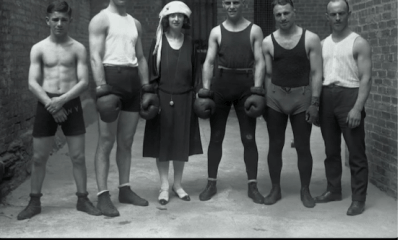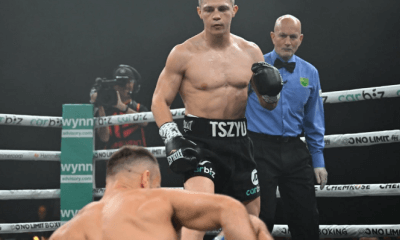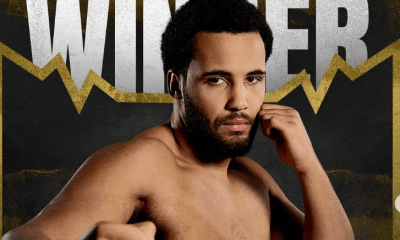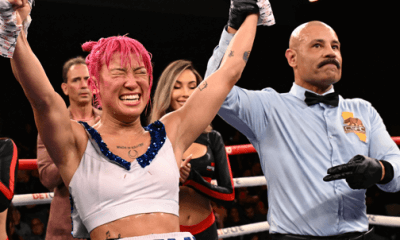Featured Articles
Sebastian Fundora Elbows Past Tim Tszyu in a Bloodbath
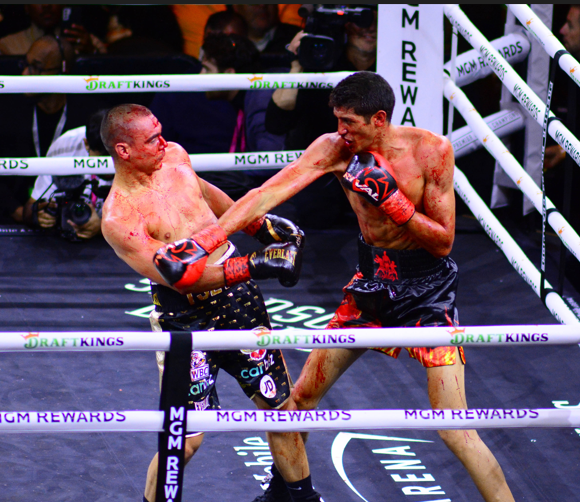
Sebastian Fundora Elbows Past Tim Tszyu in a Bloodbath
The word on the street in Las Vegas was that tickets were easy to come by for the maiden venture of Amazon Prime PPV into the sport of boxing. But from an artistic standpoint, it was a successful debut. The animated crowd at the T-Mobile Arena was treated to a very entertaining show.
The main event produced a big upset when Sebastian Fundora scored a split decision over Tim Tzsyu, prevailing by scores of 116-112 and 115-113 with the dissenting judge favoring Tszyu 116-112. Although the verdict wasn’t controversial – Fundora won all the punch stats — there was an extenuating circumstance.
Near the end of the second round, Tszyu ducked low as he was pressing forward and ran into Fundora’s bony left elbow. The collision opened a deep cut on Tszyu’s hairline. It bled copiously in each succeeding round, impairing his vision.
Fundora, the “Towering Inferno,” was almost a full head taller than Tszyu’s original opponent Keith Thurman. Tszyu had trouble getting inside Fundora’s 80-inch reach as the challenger pecked away at the cut that periodically shrouded Tsyzu’s face in a mask of blood. With the victory, Sebastian and his 22-year-old sister Gabriela became the first brother-sister combo to be recognized as world champions by a legitimate sanctioning body. Gabriela Fundora won the IBF flyweight title in her twelfth pro fight.
It was the first pro loss for Sydney’s Tim Tszyu (24-1) who was fighting in the city where his Hall of Fame father Kostya Tszyu was 5-0. Fundora, who captured the WBO world 154-pound title after getting knocked out in his previous fight, improved to 21-1-1.
Co-Feature
Mexico City’s Isaac “Pitbull” Cruz, a third-generation prizefighter, has an apt nickname. The stumpy Cruz (26-2-1, 18 KOs) rarely takes a backward step, suffocating his opponents with his non-stop pressure. Tonight, he wrested the WBA world 140-pound title with an eighth-round stoppage of Rolly Romero who was making the first defense of the title he won with a controversial stoppage of ancient Ismael Barroso
The “Pitbull,” who entered the ring a consensus 3/1 favorite, took charge in the very first round. After round seven, another dominant round for the Mexican, Romero was on a short leash. The end came in the next frame when Cruz, with the crowd in his corner, launched a volley of head shots that forced referee Tom Taylor to waive it off. The official time was 0:56 of round eight. Romero (15-2) was never off his feet, but had a point deducted in round five for holding.
Also
Erislandy Lara, who turns 41 next month, may have punched his ticket to the Hall of Fame with a second-round stoppage of Australia’s Michael Zerafa. A right-left combination knocked Zerafa on his rump. He beat the count, but his balance was compromised when he got to his feet and the fight was properly stopped. The official time was 2:59 of round two,
Lara, the “American Dream” who escaped Cuba on his second attempt and had his first pro fight in Turkey, improved his ledger to 30-3 (18 KOs). A former tile-holder at 154, he was making the second defense of the WBA world middleweight title he won with a first-round KO of limited Thomas LaManna. Melbourne’s Zerafa, who declined to 31-5, was accompanied to the ring by his new trainers, Mr. and Mrs. (Nonito and Rachel) Donaire.
In the pay-per-view opener, an entertaining flyweight skirmish, Julio Cesar Martinez successfully defended his WBC world title by the narrowest of margins, scoring a majority decision (13-113, 114-112 twice) over spunky Angelino Cordova. In the opening minute of the third round, Martinez decked Cordova twice with hard jabs that landed right on the button. It seemed that Martinez, a consensus 16/5 favorite, would win a mid-fight stoppage but the Venezuelan challenger fought his way back into the fight.
Mexico’s Martinez (21-3, 2 NC) has lost only once in his last 24 fights, that coming when he moved up in weight and lost a 12-round decision to Chocolatito Gonzalez. It was the first pro loss for Cordova (18-1-1).
Prelims
Serhii Bohachuk, 23-1 heading in with 23 knockouts, was forced to go the distance for the first time, but arguably turned in the best performance of his career with a wide 12-round decision over Albuquerque native Brian Mendoza. The judges had it 118-110 and 117-111 twice.
Bohachuk, with Manny Flores in his corner, kept up the pressure throughout and was credited with landing 313 more punches. Mendoza retained his distinction of having been never knocked down, but ended the contest with the left side of his face badly swollen.
Curmel Moton, a 17-year-old protégé of Floyd Mayweather whitewashed LA’s Antony Cuba in an 8-round junior lightweight affair. Although Moton won every round, Cuba landed a few good shots and was never off his feet.
This was the third pro fight for Moton who stopped his first two opponents in the opening round and the first loss for the 21-year-old Cuba (7-1-2) who showed a lot of heart in lasting the distance.
In an off-TV fight of note, 23-year-old Argentine featherweight Mirco Cuello, a Tokyo Olympian, improved to 14-0 (11) with a unanimous 8-round decision over Ugandan southpaw Sulaiman Segawa (15-4-1). All four of Segawa’s losses have come against undefeated opponents.
Postscript: The busiest man in the arena was the noted trainer Ismael Salas who had three fighters on the card: Rolly Romero, Erislandy Lara, and Brian Mendoza. It wasn’t Salas’s best night. His team went 1-2.
Photo credit: Al Applerose
To comment on this story in the Fight Forum CLICK HERE
-

 Featured Articles4 weeks ago
Featured Articles4 weeks agoThe Hauser Report: Zayas-Garcia, Pacquiao, Usyk, and the NYSAC
-
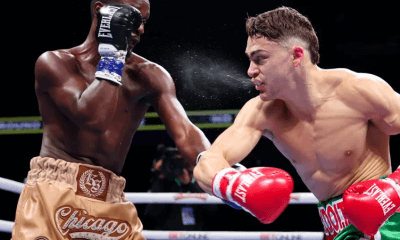
 Featured Articles3 weeks ago
Featured Articles3 weeks agoOscar Duarte and Regis Prograis Prevail on an Action-Packed Fight Card in Chicago
-
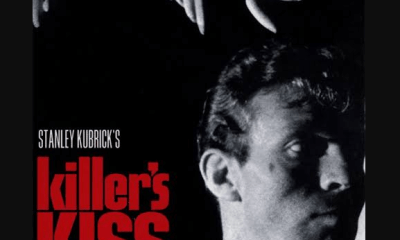
 Featured Articles2 weeks ago
Featured Articles2 weeks agoThe Hauser Report: Cinematic and Literary Notes
-
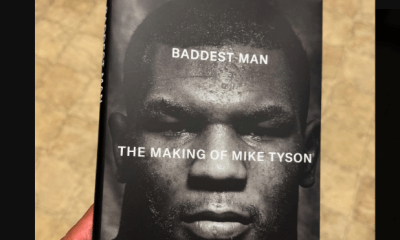
 Book Review2 weeks ago
Book Review2 weeks agoMark Kriegel’s New Book About Mike Tyson is a Must-Read
-

 Featured Articles4 weeks ago
Featured Articles4 weeks agoRemembering Dwight Muhammad Qawi (1953-2025) and his Triumphant Return to Prison
-
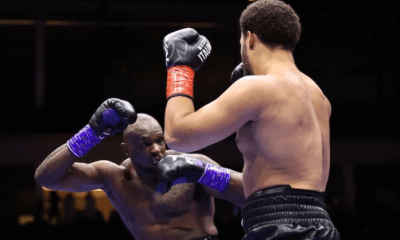
 Featured Articles7 days ago
Featured Articles7 days agoMoses Itauma Continues his Rapid Rise; Steamrolls Dillian Whyte in Riyadh
-
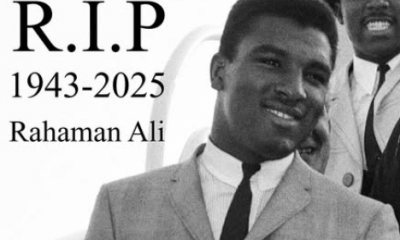
 Featured Articles3 weeks ago
Featured Articles3 weeks agoRahaman Ali (1943-2025)
-

 Featured Articles3 weeks ago
Featured Articles3 weeks agoTop Rank Boxing is in Limbo, but that Hasn’t Benched Robert Garcia’s Up-and-Comers




